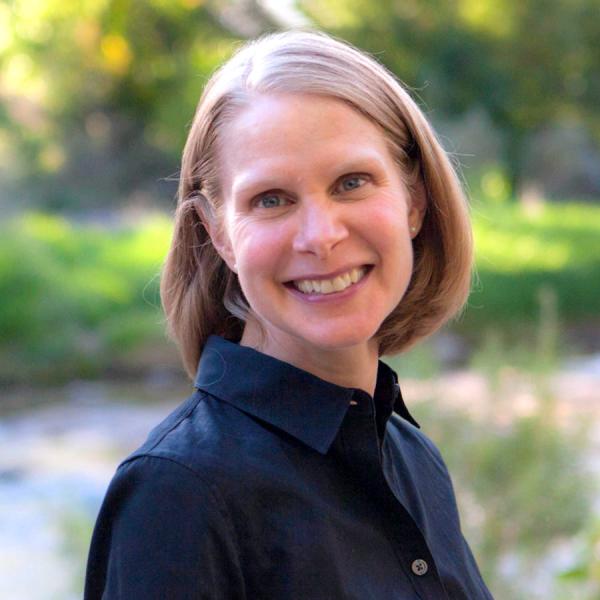More Dental Insurance: Enough Dental Care?
Two key health policies adopted by state lawmakers in 2013 – extending dental benefits to adult Medicaid enrollees and expanding Medicaid to all low-income Coloradans – hold the promise of better oral health for hundreds of thousands of Coloradans. In light of these ambitious decisions, the Colorado Health Institute explored whether the state’s dental workforce is prepared to provide care to this new wave of Coloradans with insurance coverage.
The Colorado Health Institute’s new report More Dental Insurance: Enough Dental Care? finds that where Medicaid enrollees live will determine what dental care, if any, will be available to them. Our analysis provides a county-by-county estimate of the number of Coloradans who will have access to Medicaid dental benefits and an assessment of the supply of private practice and safety net dental providers.
Among the high-level findings:
- Some areas of Colorado are clearly “dental deserts.” Eight counties do not have a dentist offering care. And another nine counties do not have a private practice dentist who accepts Medicaid or a Federally Qualified Health Center that is required to provide dental care. Medicaid enrollees in 17 of Colorado’s 64 counties do not have access to dental care in the county where they live.
- Statewide, one of three private practice dentists report accepting Medicaid patients, but there are wide local variations. In Pueblo County nearly all private practice dentists accept Medicaid; in Broomfield less than 5 percent do.
- Medicaid enrollees in rural “hot spots” must travel great distances to see a dentist. On the other hand, enrollees in some counties may have less trouble in finding a private practice dentist or safety net clinic – suggesting there may be lessons to be learned in these regions.
Advocates, policymakers and dental professionals, among others, are preparing for the implementation of these twin Medicaid policies in 2014. They are developing diverse strategies to improve access to dental care for enrollees. The report highlights some of these efforts and points to initiatives that have been successful in other states. Our analysis also includes data that identifies places and regions in Colorado with the greatest need.
The Colorado Health Institute provides data, information and analysis to support informed discussion both in the making of policy and evaluating its implementation. We frequently begin our research by asking questions such as “what” is the policy, “why” was it passed and “who” will be impacted by the change. Other important questions are “how” will the policy be implemented and, for a state as geographically diverse as ours, “where” implementation might be most difficult.
In keeping with our mission, we will be tracking the rollout of the dental benefits and whether the extension of coverage results in notable improvements in the oral health of Colorado’s low income residents.

